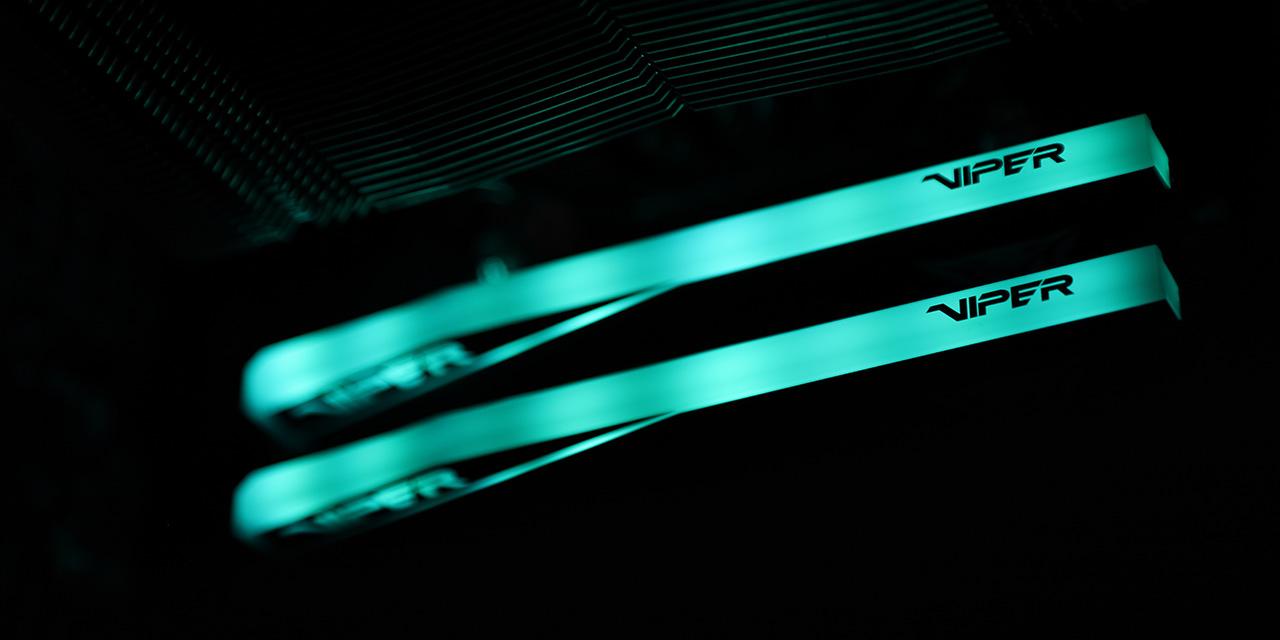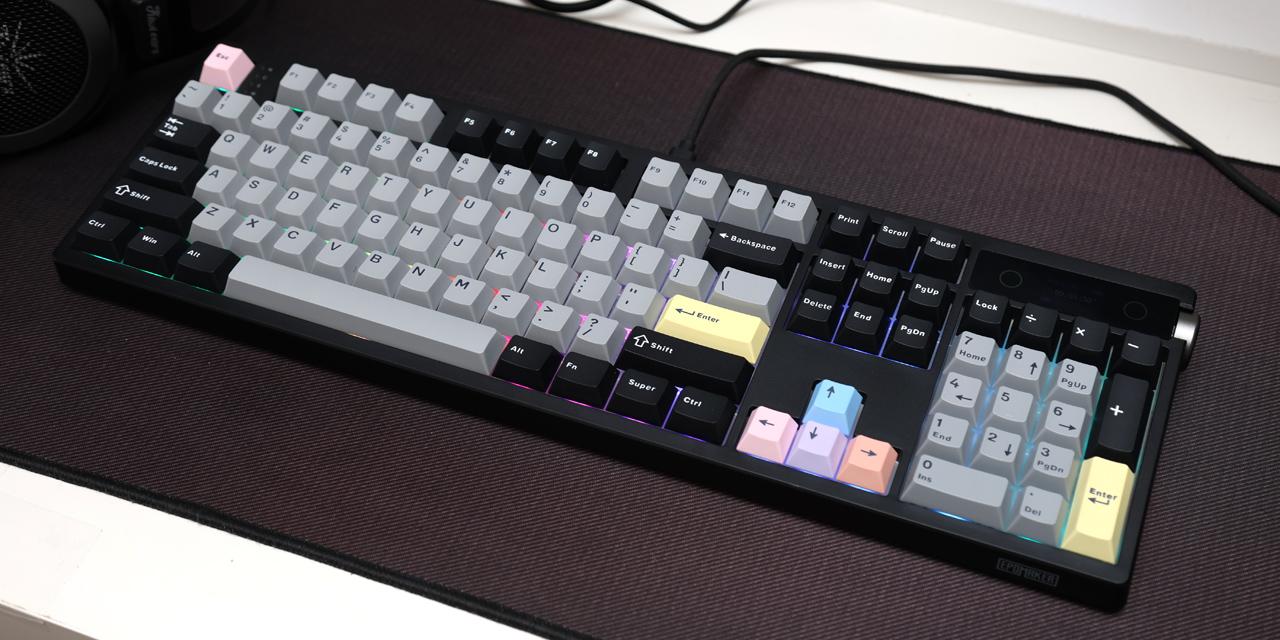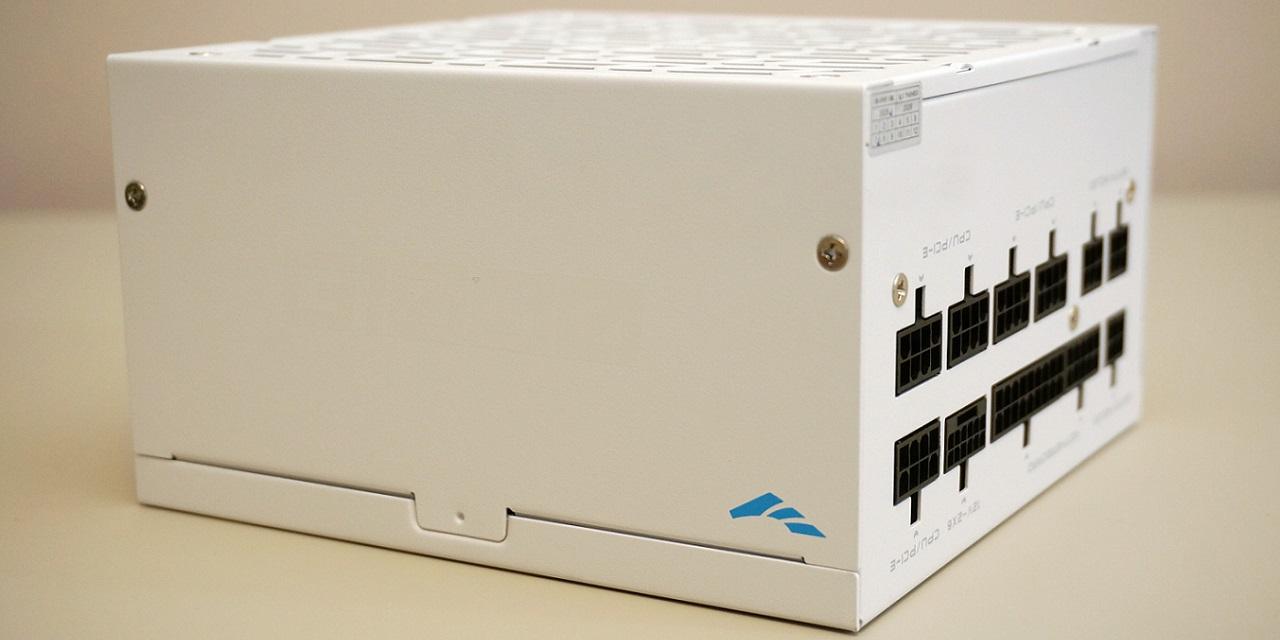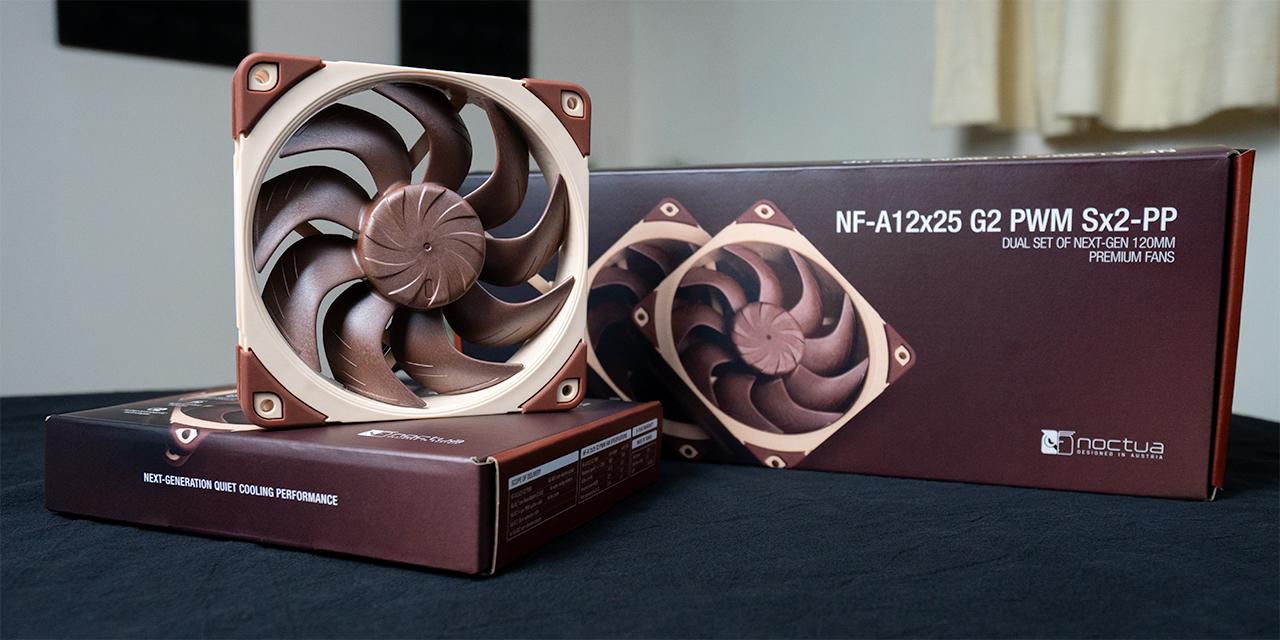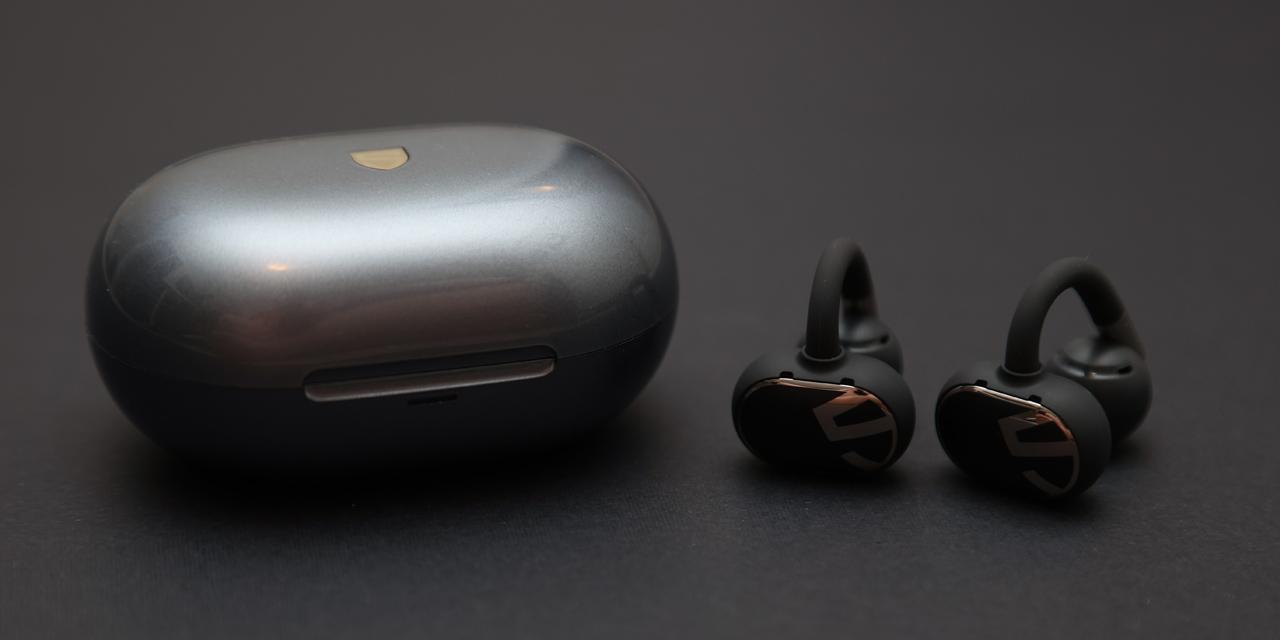Page 2 - A Closer Look - Hardware and Software

The Epomaker HE75 Mag follows a standard construction when it comes to keyboards. It has a black frame with a svelte exterior. It might not exactly be the most minimal of keyboards we have seen in the past, but it also is not overbuilt in any way. The outer shell is rounded off on the corners. The primary eye-catcher with this keyboard is the gradient purple keycaps that slowly change from light magenta to black as you go from the bottom to the top row of keycaps. It might not be the most subtle of color changes, but I can appreciate this look. My girlfriend, who loves purple, immediately locked eyes with the HE75 Mag when she saw it for the keycaps alone.
As for its dimensions, the Epomaker HE75 Mag is 329mm in width, 140mm in depth, and 46mm in height. It is a compact keyboard for a 75% layout. The height does increase a bit, as there are a pair of two-height kickstands underneath. The keyboard is made with ABS plastic, but it still tips the scales at 1.1kg. It might not be as hefty as the Epomaker Magcore 87 I reviewed previously, but it still has a bit of weight. Epomaker has used an aluminum backplate inside, which adds to the weight. As for build quality, the HE75 Mag is solid. There is no deck flex when pressing the keys down. There is a bit of give when torquing the keyboard, but it is minimal. The front edge of the Epomaker HE75 Mag is approximately 22mm tall, which means you can add a palm rest here, but one is not included out of the box.

The keys on the Epomaker HE75 Mag follow a standard North American QWERTY ANSI layout, although the function row at the top is a bit more squished to accommodate for the volume knob. There is a total of eighty-one keys and one volume knob. However, you can also pull out the volume knob and put in two additional keys if you desire. Otherwise, the layout is standard for a 75% keyboard. The left side of the keyboard looks the same, but the right side has a few modifications. For one, the right Shift key is slightly shorter to make space for the arrow key cluster. The bottom row right Alt, Function, and Ctrl keys are also 1U in size. The right side is where you will find three indicator lights, with two for Caps Lock and Scroll Lock, and one more for the internal battery indicator. When it glows red, the Epomaker HE75 Mag is charging. This will remain until the keyboard is done charging and the light will then turn green. In wireless mode, if the battery is low, the light will blink red. The last change on the right is the loss of the six-key cluster above the arrow keys. In its place is a column of four keys including Insert, Delete, Page Up and Page Down. As such, the Epomaker HE75 Mag downgrades the Home and End keys to secondary function status.

As for secondary functions, there are many on the Epomaker HE75 Mag, but they are not printed on the keycaps. Instead, you will need to look at the user manual. To access these functions, start by pressing the Fn key on the bottom right side, followed by the corresponding key. At the top, the keys in the function row all have secondary functions. The first set are F1 to F6, which are used for system functions. F1 and F2 decrease and increase screen brightness. F3 to F6 execute functions like windows switching, system browser, search, and screenshot. F7 to F9 are media functions for Previous Track, Play/Pause, and Next Track. F10 will mute the volume, while F11 and F12 decrease and increase volume, respectively. The square brackets are used for Home and End, while the "=/+" key is used for Scroll Lock.
Function and Windows key lets you lock or unlock this key, which is handy for gaming. When the lock is active, the Windows key will glow white. Epomaker also supports Mac functions, and they are placed where you might expect on a Mac keyboard. In the manual, Epomaker did specify some Hall effect specific modes, such as changing actuation distance modes on the fly, but I could not get them to work. If you make any changes you want to reset, you can hold down Fn + Escape for five seconds, which will revert the keyboard to factory settings. There are secondary keys for lighting controls, but we will explore these later in the review.

The bottom of the Epomaker HE75 Mag is a bit more involved. For one, we have cable channels to guide the included wire out the back or the sides of the HE75 Mag. I have not seen cable channels on a keyboard for a while, as the connection point is often on the back of the keyboard. Instead, this USB Type-C input is in the middle of the keyboard. On the corners, we have rubber pads to keep the keyboard in place. There are a pair of two-step kickstands that let users lift the keyboard for a total of three different angles. The extending legs are fitted with rubber feet to provide grip when the HE75 Mag is raised. In the middle, we have a small metal plate with a holder for the wireless USB Type-A dongle, along with two switches for the keyboard. One switch lets you change the layout between Windows and Mac, while the other switch lets you change the connection type between Bluetooth 5.0, wired USB, or wireless 2.4GHz with the USB receiver.
As you know by now, the HE75 Mag can be used wireless or wired. Inside, there is a 4000mAh battery to keep the keyboard going. In our testing, we found some interesting battery life results. Epomaker only provides an estimate of up to 120 hours with the lights off. In our testing over the 2.4GHz receiver with the RGB lights fully on, the keyboard only lasted for two days before needing a recharge, which is low. Without any lights on, this extended to five days before needing a recharge, which is in line with their estimates, but still quite low. According to Epomaker, when it functions over USB connection, whether wired or wireless, the HE75 Mag will report at up to 8000Hz. This reduces to 125Hz when using the keyboard over Bluetooth. To aid in the longevity, the keyboard automatically sleeps when it is not used. Once you press any key, it will automatically wake back up from sleeping. I found this process to be smooth, and it did not take too long to wake up.

With the Genshin Impact desk mat I am using, the Epomaker HE75 Mag sort of fits in with the purple keycaps. This keyboard was quite easy to get used to, given my familiarity with 75% keyboards. In terms of layout, everything felt comfortable, although some may not like the shorter right Shift key. If you have bigger hands, you may even accidentally hit the Up arrow instead. I also kept the volume knob in the top corner instead of replacing it with the additional two keys. The Epomaker HE75 Mag offers full NKRO over USB. NKRO stands for N-key rollover, which refers to the number of keys scanned independently by the hardware.
As for the typing experience, I like a bit of audio feedback on each press. Unfortunately, the HE75 Mag is notably more cushioned than other keyboards I have tried, even compared to other Hall effect switches. Each press feels muted in press with only a bit of audio feedback. Even with the aluminum backplate, the HE75 Mag is damped to prevent any metal resonating noise or hollowness. However, each keypress also is a bit soft in travel and in bottoming out. It is not very satisfying to type on with a squishy bottom. This is a personal preference, and hopefully the recording above will help you make an informed decision, but I am not a fan of either the audio or tactile feedback. Longer keys like the space bar and Enter key have a deeper pitch with a bit more hollowness, but it too is muted. There is only a slight amount of wobble on the keys. The stabilizers are lubricated well so there is no rattle either.

The backlight on the Epomaker HE75 Mag is unimpressive given its double-shot PBT keycaps with no shine-through elements on the keys. This means the lights act more like an under glow. The lighting options are typical with different effects, including multiple rainbow, static, dynamic, and reactive modes. All of these can be configured through the software or by navigating the screen menus. At maximum brightness, the lights are vibrant, but they also use a sizable chunk of battery life. There is one more illuminated area, which is a small flower cutout next to the volume knob. The lighting shortcuts you will need to know are secondary functions of the arrows. Up and down is used to increase or decrease the brightness, respectively, while left and right change the lighting effect speeds. Fn + Backspace is used to cycle through different effects, while Delete can be used to change certain backlighting colors, specific to single color modes. You can also turn off all the backlights with Fn + Insert, which will also turn off the volume knob's RGB LED side portion. You can also change these lighting options in the software.

The software for the Epomaker HE75 Mag is named Epomaker Driver, this time as version 3.0. This utility can be downloaded from the manufacturer's website, and it comes as a compressed ZIP file. Once installed, you can see the following screen with many clusters of settings. The menu is on the left column, where users can select the different pages. The Keyboard Settings page is the first one, where you can change the functions on a key-by-key basis. You can also select Hall effect specific settings. The first is changing your actuation distance, which can be changed in 0.01mm increments between a range of 0.10 to 3.00mm. Next are the set of advanced key settings. The first one is DKS, or Dynamic Keystroke, which lets you set up four functions in four distinct positions of the keystroke. MT lets you set up two functions based on whether you hold or tap the key. TGL lets you enable continuous key triggers whether you hold it down or if you double tap it. Finally, there is one called snap key, which lets you set up a pair of keys so that when both are pressed, the last keystroke is the only one recognized. These functions are meant to help with gaming functions, although Epomaker warns that some first-person shooter games may ban you if you use these features, so use at your own caution. Moving on, the Fn Layer Settings is self-explanatory to let you change secondary functions, while Macro Editing is used to create macros.

Under Light Settings, users can select and change the lighting effects with many different options available. Local Configuration menu seemed to never work for me. Epomaker allows for some more social aspects by letting you share your lighting, configurations, and macro settings with other users. You do need to register and login to an account before you can upload any of these settings, but you can always view and download other users' settings from here. Profile is presumably where you can make user changes, but again this requires you to register and log in. Under More, users can update the software and firmware for the Epomaker HE75 Mag.
While all these settings seem nice to have, I do not enjoy using Epomaker Driver for multiple reasons. For one, the translucent AI bubble in the bottom right corner appears over every menu and blocks this area. Clicking on it opens a useless "AI bot" to help you find settings within Epomaker Driver. It gets in the way, and it does not help with anything. I feel like if they need an AI bot to show you the location of the settings here, then they have made the menus difficult to navigate. Next, I feel like this software was not made with user experience in mind. Everything seems cluttered with uneven spacing. There are multiple typos found in the software, which just show a lack of polish or care. Unfortunately, I would not recommend installing this for the HE75 Mag, unless you really need to change a specific setting.
Page Index
1. Introduction, Packaging, Specifications
2. A Closer Look - Hardware and Software
3. A Closer Look - Disassembly and Internals
4. Conclusion
